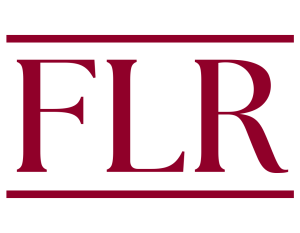Civil lawsuits in federal courts—especially class actions and multidistrict litigation (MDL)—can be messy and complicated, calling for pragmatic interventions that lie beyond what is explicitly addressed by the existing rules. And flexibility is part of the genius of the Federal Rules of Civil Procedure. On the other hand, unbounded discretion and innovation in procedure can lead to illegitimate exercises of power, bias, democratic nonaccountability, and other serious harms. But the choice is not between providing individual courts with nearly limitless authority to experiment with procedure or having a set of rigid rules. Instead, there is a third path: district judges should look to ethics rules to define the boundaries of their discretion, especially when innovating with civil procedure.
The case for treating professional-conduct rules as guardrails to unbounded procedure begins with a recognition that federal district courts have almost universally adopted ethics codes modeled after the American Bar Association Model Rules of Professional Conduct through their local rulemaking. This comes with an important doctrinal payoff: judges cannot ignore these ethics rules when applicable. Moreover, even if the district courts had not already committed to them, professional-conduct rules have many normative advantages over unbounded procedure and, thus, would serve as useful guides.
The supervision of attorneys’ fees in multidistrict litigation provides a helpful case study. MDLs have become the predominant battleground for important procedural disputes and are a paradigmatic example of unbounded procedure. Within MDLs, common-benefit fees are extremely controversial and legally tenuous. Several professional-conduct rules, however, directly address the substantive issues and offer established frameworks for regulating lawyers’ compensation to ensure its reasonableness and fairness for everybody involved. Beyond this specific intervention, the key contributions of this Article are (1) putting civil procedure and professional responsibility into greater dialogue and (2) illustrating how professional-conduct rules are well positioned to fill many important gaps or otherwise guide judges’ experiments.

